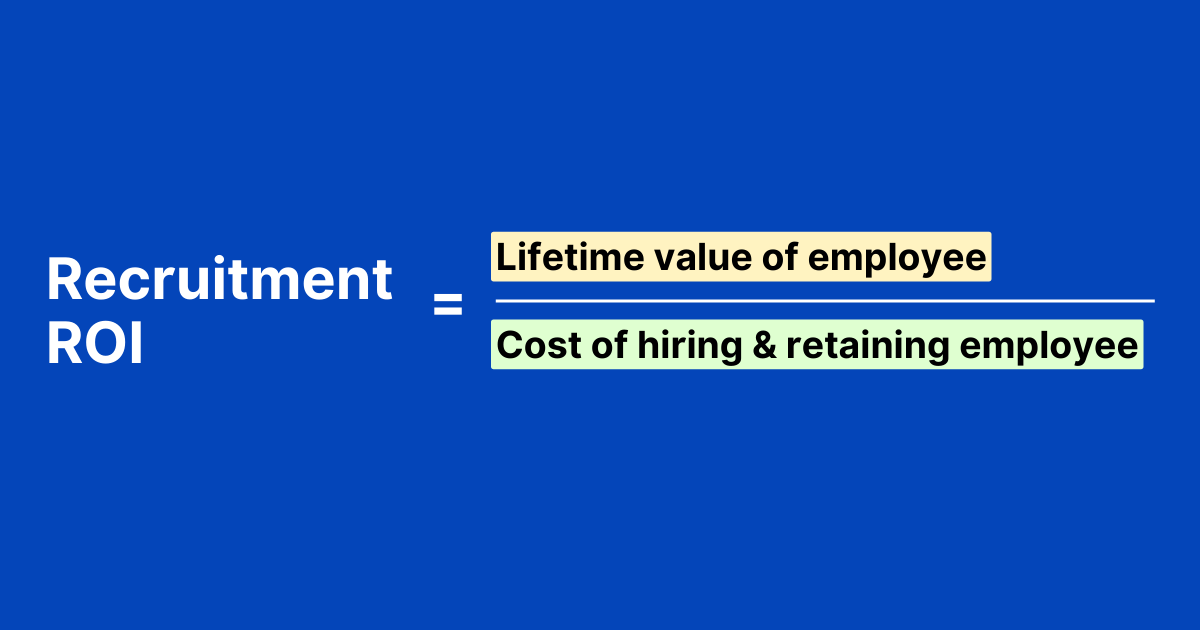|
Headhunters specialize in identifying and attracting top-tier candidates who may not be actively seeking new opportunities. Headhunting, also known as executive search or talent acquisition, is the practice of actively seeking out and recruiting highly qualified individuals for specific positions within an organization. While it can be an expensive and resource-intensive process, headhunting can provide a return on investment (ROI) in several ways:
It's important to note that the ROI of headhunting can vary depending on the the specific role being filled, the effectiveness of the headhunter or recruitment firm, and other factors. Organizations should carefully evaluate their hiring needs and weigh the potential benefits of headhunting against the associated costs to determine if it makes financial sense for their situation. 2020 made it clear - CEO Succession Planning isn’t Optional“We really need to have a name in the envelope as soon as possible.” So begins many of the discussions we’ve been having lately with board members who are frantic about CEO succession planning. 2020 brought an unprecedented wave of early retirements. This unanticipated contingency highlights the importance of succession planning. Succession planning is the essential practice of identifying and developing leaders within your organization for their advancement. Successful succession planning yields a stronger workforce and better long-term outcomes. Organizations must not bank exclusively on a few key leaders. CEOs can account for a 30% variance in their organization’s profitability, and research suggests that top management has an even greater impact on organizational performance than the CEO. Succession planning should be among the most important considerations for any organization. Yet, the research and statistics collected below tell a different, and rather unnerving story. Most organizations are unprepared to replace the individuals in their highest leadership positions. Here are 12 shocking statistics on CEO Sucession
"LM Hurley & Associates did an amazing job conducting our search for a VP to succeed the CEO of our CCRC. The board of our organization could not have asked for a better selection of candidates and the offer and acceptance process went seamlessly. The entire board appreciated their detailed process, their dedication, and the expert candidate insights that Lauren Hurley and her team provided throughout the search from kick-off to on-boarding." Reference from a recent client: Board Member and Leader of VP Search Selection Committee 1. Show our resiliency…
Valerie Whitman, Vice President of Senior Living, LeadingResponse We are a resilient industry. We need to always be sure we show that to the world. As we saw in the last year, our industry was constantly being portrayed as a place where COVID thrived. This information shook consumer confidence and further created misperceptions of truly how safe our communities are. Our hurdle and opportunity is to be transparent and show the world how we have remained resilient during a pandemic. There are countless stories of how providers have ensured the safety and quality of life for residents as well as their families and staff. 2. Be the best choice… Mark Marasciullo, Chief Investment Officer, The United Group of Companies There are no hurdles to be cleared in choice-based senior housing. During the height of the pandemic, we did not witness a drop-off in either occupancy or revenue in most of our portfolio. This is largely due to the measures taken at our properties to reduce the risk of potential exposure to the virus, and the fact that our residents do not require onsite healthcare. We expect leasing activity to continue accelerating as the single-family sales market has a multitude of tailwinds: all-time lows in mortgage rates, a flight to the suburbs out of urban cores and the emergence of single-family rental buyers that are changing the nature of the marketplace. In short, the future is bright for choice-based seniors housing, and the sun won’t be setting on it anytime soon. 3. A simple proposal… Jerry Frumm, Chief Investment Officer, Senior Lifestyle Corp. For me, the question is answered in three words: Time, trust and value. 4. Rebound on the way… Brad Goodsell, Senior Vice President, Senior Living Investment Brokerage A common obstacle is perceived safety and visitation restrictions. Really, it’s twofold — safety, in that the facility doesn’t have COVID, and that once the resident moves in the family will be able to visit without restrictions. Once this happens, I believe we’ll see a rebound in occupancy, as people become comfortable again with moving in or having their loved one in a senior community. On a positive note, I’ve heard some great stories in the past month about an increased tour volume and deposits at certain communities. 5. Vaccine is the key… By Michael Stoller, Managing Partner, CEO, LCB Senior Living It’s impossible to identify all the hurdles. We still don’t know what’s coming. Forecasting has never been harder. There’s been massive change with the vaccine rollout. Referrals and inquiries are scaling up. Some communities are even exceeding pre-pandemic levels. There is pent-up demand. We see hope but also worry about the potential for a new wave. The largest hurdles that remain are unpredictability and human nature. The stronger and more adaptable we are as people the better we can overcome. And we will. 6. Achieve total transparency… Margaret Wylde, CEO, ProMatura Group What needs to be overcome is lack of transparency. You must be totally transparent with the price and details of the services residents will receive, the communities’ history with COVID-19 and vaccinations, and demonstration of precautions. You could lose 20 percent of your prospects by not providing this information, especially pricing, at the outset of communication. Seventy-eight percent of both prospects and family members rated pricing information difficult to impossible to obtain. These results were obtained from a recent survey conducted for the American Seniors Housing Association. The report, “Messages That Matter,” will be available from ASHA in the near future. 7. Technology can help… Avi Begun, Senior Vice President, Meridian Capital Group This pandemic has caused a significant amount of uncertainty and turmoil. The good news is that we are in a much better place now than we were in March 2020. There are still several factors that would make a big impact in helping occupancy and revenue rebound. The most important of these factors is already underway, which is administering the COVID vaccine to all residents and staff. I believe that will be a huge catalyst to seeing occupancy climb to pre-pandemic levels. Another factor that could instrumentally help drive both revenue and occupancy is further embracing technology for efficiency and using social media as a primary source of marketing. A fresh perspective and strong plan of action embracing these new forms of technology and new channels of communication will help attract new residents and drive occupancy and revenue back up. Source: Seniors Housing Business |
Senior Living Recruiting is what we do.AuthorLM Hurley & Associates Executive Recruiting Archives
October 2023
Categories |



